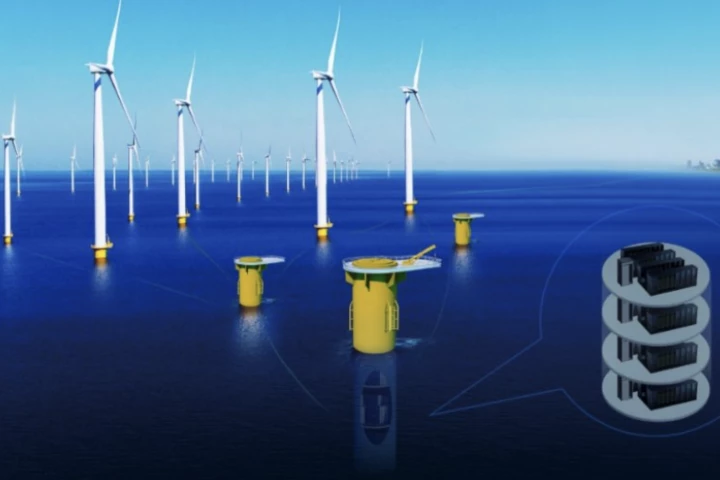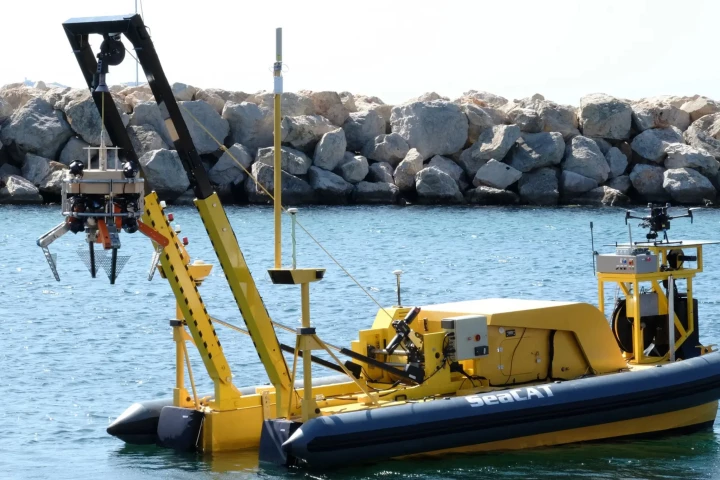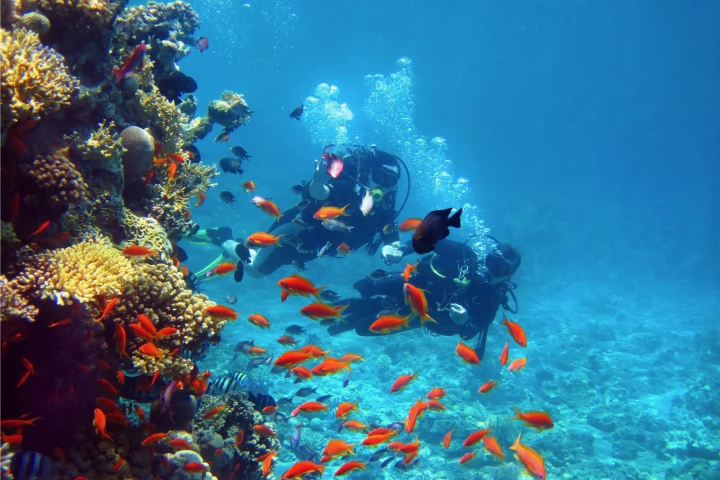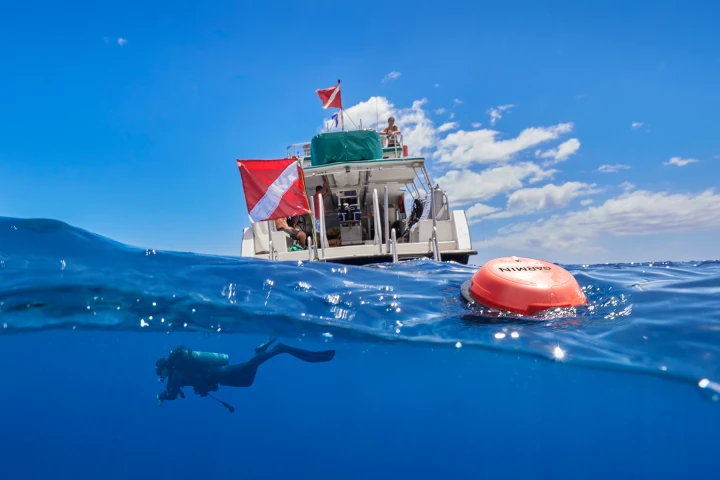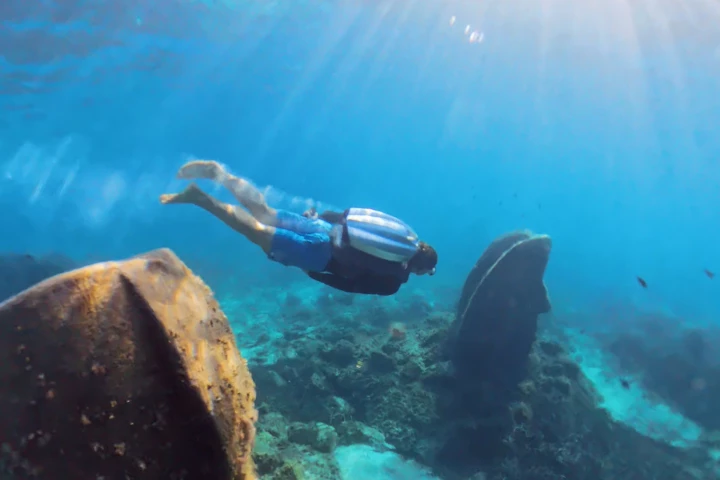Underwater
-
Divers may soon be able to get a welcome boost to their flutter kicks thanks to an exoskeleton developed by researchers at Peking University. By shouldering some of the burden of underwater swimming, the device could also make scuba tanks last longer.
-
China has finished construction of what’s being billed as the world’s first wind-powered underwater data center. The project, which cost around 1.6 billion yuan (US$226 million), marks a bold step in green, high-performing computing infrastructure.
-
Imagine an oversized claw machine at an arcade, but instead of trying to grab cheap toys, your prize is the assortment of waste that sinks to the bottom of the sea. That's essentially what an autonomous robot has been doing at Marseille recently.
-
In contrast to other underwater jet packs, the Kikfin Shark has a full set of fins to bio-mimic fast, nimble sea creatures for superior movement and agility. It's as close to morphing into an actual man-shark as the current state of science allows.
-
Even in clear water, it can be easy for divers to lose track of which way they're heading. An experimental underwater navigation system could help keep that from happening, using a combination of electromagnetic waves and HUD (head-up display) tech.
-
It's plenty easy to lose your bearings while scuba diving, which is why Garmin's new Descent S1 Smart Buoy could really come in handy. It helps submerged divers figure out where they are, plus it lets them communicate with their topside crew.
-
Aerial jetpacks may still not be readily available, but underwater jetpacks? Those are another story. The relatively affordable XiaoTun is the latest to cross our radar, shooting wearers up to a maximum submerged speed of almost five feet per second.
-
While we've seen a number of wearable underwater propulsion systems, they've typically been strapped to the user's arms or legs. The newly refreshed CudaJet is different, in that it's a true backpack-style underwater jetpack.
-
In an effort to reduce the use of precious land to build renewable energy storage facilities, the Fraunhofer Institute has been cooking up a wild but plausible idea: dropping concrete storage spheres down to the depths of our oceans.
-
It’s hard to get glue to work underwater – unless you’re a mussel. Scientists have now created a new adhesive that combines the stickiness of mussel’s natural glue with the slimy, germ-repelling nature of mucus.
-
When you think of bamboo, you probably don't think of sea-spanning bridges or world records or typhoons, but it's been eight years and the bamboo is just fine.
-
Augmented reality comes to deep-sea divers, thanks to the US Navy's Office of Naval Research (ONR) and Coda Octopus's Divers Augmented Vision Display (DAVD) system. The setup turns any standard diving hard helmet into a digital information center.
Load More

